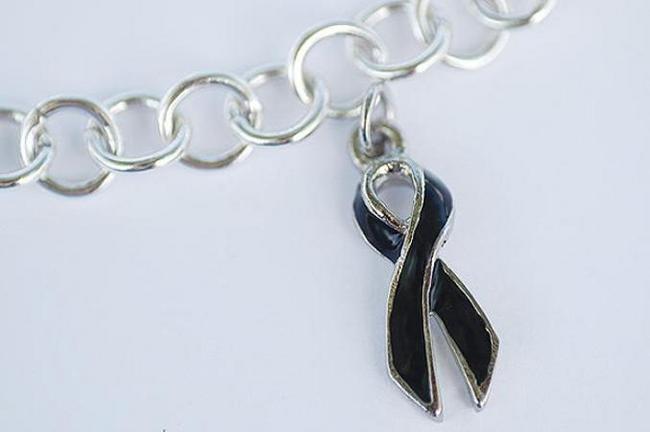
Melanoma is a common skin cancer nowadays. Melanoma affects the skin cells and spread up very soon. This cancer starts in the skin cells that produce melanin. It also affects the other body parts like eyes and sometimes internal organs rapidly. If it spread up to other body parts also, then it is difficult to cure or control the disease. Best way is to detect the melanoma symptoms at the earlier stage of disease and take the remedy mechanism for it. This serious skin cancer needs prolonged treatment of some months or even 1-2 years in severe cases. The treatment method and period depend on the physician’s observation after diagnosing the stage of the melanoma cancer. An expert physician checks the thickness of the melanoma tissues formed, to find out the extent of the melanoma cancer. After diagnosing stage, doctors prescribe proper treatment according to the patient’s general fitness and age.
Causes of Melanoma Cancer
The exact scientific cause behind melanoma is unknown till now. The precise cause behind melanoma is the excess production of melanin within the body. Several medical researches about this particular cancer reveal, that prolonged exposure to sunlight and sunburn causes melanoma. UV rays damages the normal DNA structure and causes the abnormal growth that is melanoma. Here the melanoma affected skin cells grow up rapidly in an abnormal way and becomes uncontrollable gradually. Clarity about the elements in sunlight causing melanoma is not achieved until now. Experts believe some combination of ecological and genetic mutations result in melanoma.
Risk Factors
There are many risk factors that can make you susceptible to melanoma cancer. Compiled below is list of the most common risk factors that can lead to the development of melanoma.
1. Fair skin
Very fair skin that lacks the melanin pigments is easily vulnerable to melanoma disease. Fair skin lacks skin cells and thus becomes more vulnerable to UV rays. People who have red, blonde or gray hair are also prone to develop melanoma.
2. Sunburn
Severe sunburn at the childhood or teenage also increases the chance of melanoma.
3. Prolonged exposure to sunlight or UV rays
Prolonged exposure to sunlight or UV rays may result in melanoma cancer. Use of tanning beds can also raise the risk percentage of developing melanoma.
4. Living at higher elevation or near to the equator
People living near the equator or at high elevation areas are also vulnerable. The risk percentage is more given the increased chances of skin coming in direct contact with sunlight.
5. Increased number of moles or unusual marks
The people who have more than 60-75 moles or unusual marks have risk of getting melanoma compared to other people. These moles are abnormal in color and appearance and easily identifiable. These marks are usually 5 millimeters in size.
6. Hereditary factors
Having a family history with either parents or any other blood relation suffered from skin cancer, can also make you vulnerable to the disease.
7. Weak immune system
Low immunity levels make your body prone to catching infections and other diseases. Similar is the case, as far as skin cancer is concerned. Especially people who test HIV positive or undergone any organ transplantation have risk of getting melanoma.
8. Xeroderma pigmentosum (XP)
Xeroderma pigmentosum is an unusual body condition in which the body’s capability to repair the sun damaged skin cells, gets reduced.
Melanoma Symptoms
Common melanoma symptoms include unusual change in the moles or growth of new moles with abnormal characteristics like color, size, and etc. Melanoma also appears as unusual growth on the skin surface. For example, normal moles are round in shape with black or blackish gray color. But the moles with unusual shapes like asymmetric shapes such as two halves are indication of melanoma. New moles appear with these strange characteristics during the second stage of melanoma cancer.
Other symptoms of melanoma cancer are itching on the moles; pigment spreading from the surrounding skin cells to moles; shedding or peeling the scales and bleeding from the moles or abnormal growths above the skin. Melanoma symptoms also appears on nails, eyes internal organs like urinary tract, mouth, digestive tract, vagina, etc.




